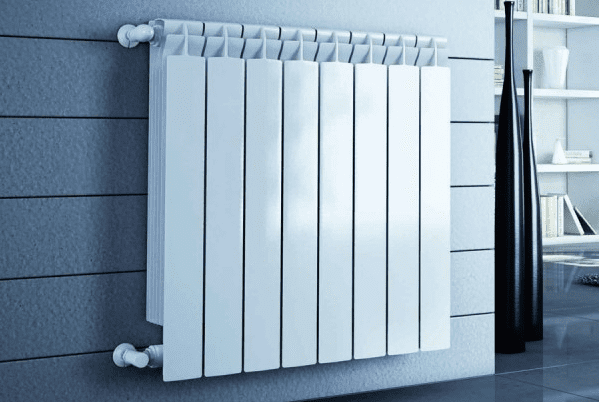How to Balance a Radiator System

To balance a radiator system is an essential method of ensuring that your radiators distribute heat evenly. Due to the method in which hot water is pumped around a heating system via piping, those radiators which are closer to the source (eg: a boiler) of the hot water tend to get more and heat up quicker […]